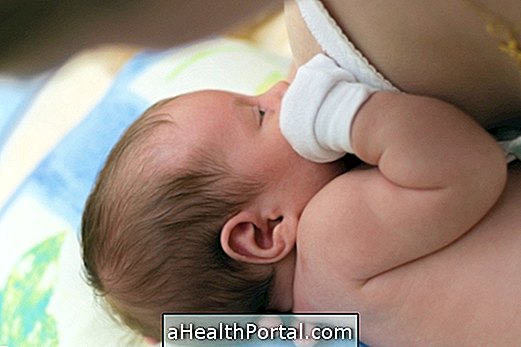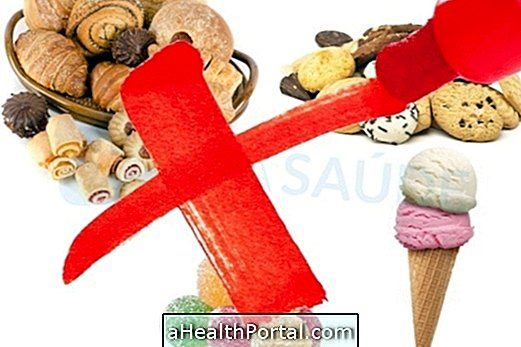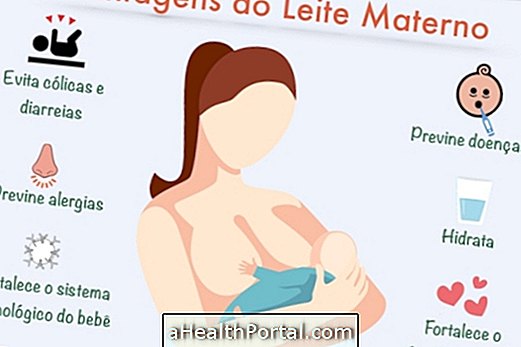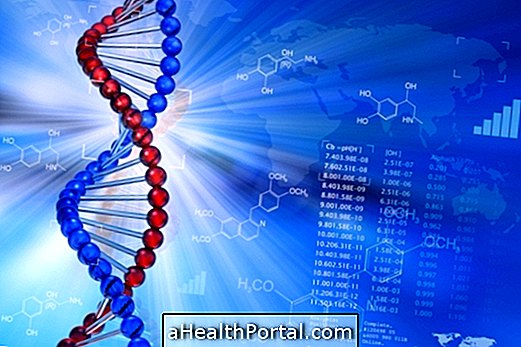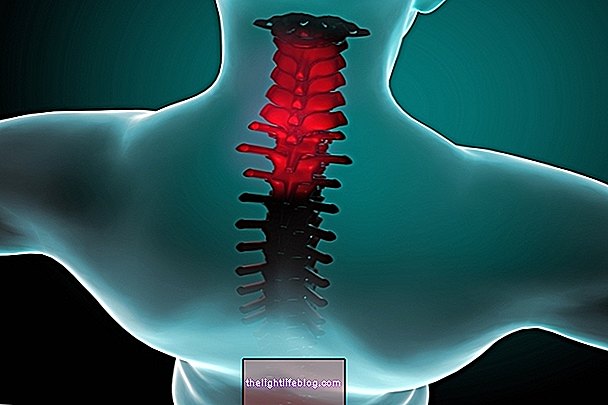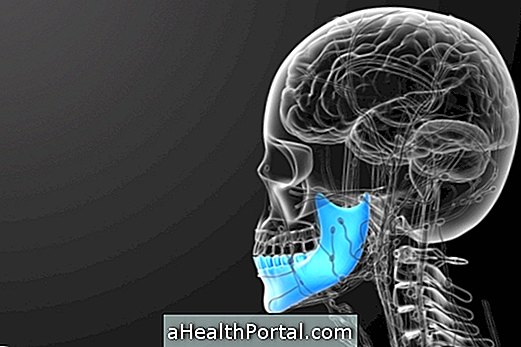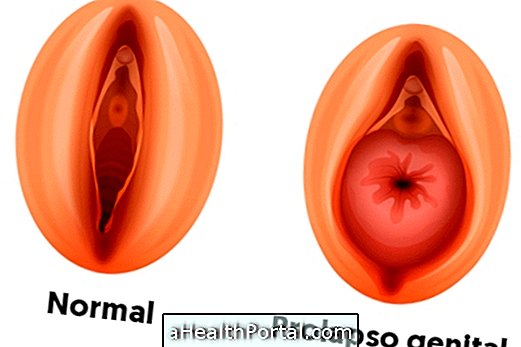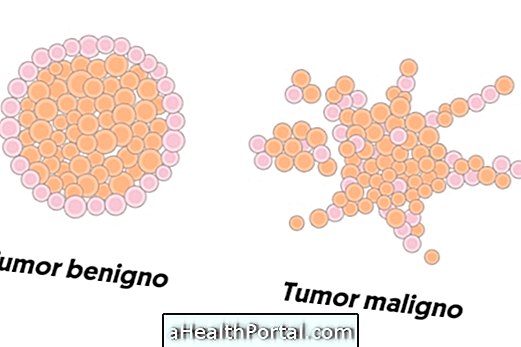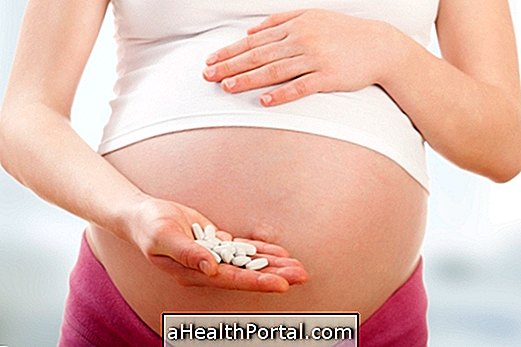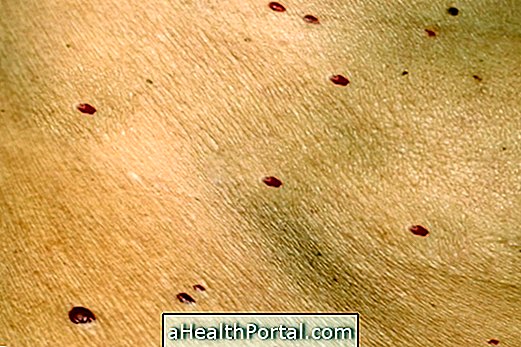The change in the breast for breast milk production is intensified mainly from the second trimester of pregnancy, and at the end of pregnancy some women are already releasing some colostrum, which is the first milk that leaves the breast, rich in proteins.
However, milk usually only appears in greater quantity after delivery, when the hormones produced by the placenta reduce and contact with the baby stimulates a higher production.

1. Drink plenty of water
Water is the main component of breast milk, requiring the mother to consume enough fluids to meet this need. During pregnancy, the recommendation is for the woman to get used to drinking at least 3 liters of water a day, which will also be important in reducing swelling and preventing urinary infections that are common in pregnancy.
2. Eat well
Feeding herself well is important so that the pregnant woman has all the nutrients necessary for milk production. The consumption of foods such as fish, fresh fruits and vegetables, seeds such as chia and linseed, and whole grains should be increased. brown bread and brown rice.
These foods are rich in omega-3s and vitamins and minerals that will improve the quality of breast milk and promote baby nutrition. In addition, eating well helps regulate weight gain during gestation, giving the necessary energy that a woman's body needs to generate milk production. Know what to eat while breastfeeding.

3. Breast massage
At the end of gestation, the woman can also do rapid massages at the breast to strengthen the beak and gradually stimulate the descent of the milk. For this, the woman should hold the breast by placing one hand on each side and make a pressure from the base to the beak, as if it were a milking.
This movement should be repeated five times gently, then the same movement with one hand above and one under the breast. The massage should be done 1 to 2 times a day.
How to stimulate the descent of milk
In general, milk takes longer to go down in the first gestation, and it is necessary to drink at least 4 liters of fluids per day, since water is the main component of milk. In addition, the baby should be placed in the breast to suck even if no milk comes out, since this contact between the mother and the child increases the production of the hormones prolactin and oxytocin, which stimulate the production and descent of milk.
After the baby's birth, the production of breast milk only increases considerably after about 48 hours, time required for the hormone prolactin to increase in the bloodstream and stimulate the body to produce more milk. See a Complete Guide on Breastfeeding for Beginners.
